Small Hydrangeas: The Perfect Plants For Small Spaces
Small Hydrangeas: The Perfect Plants for Small Spaces
Hydrangeas are some of the most popular flowering shrubs in the world, known for their large, showy blooms. But what if you don't have a lot of space in your garden? Don't worry, there are plenty of small hydrangea varieties that are perfect for even the smallest of spaces.
In this blog post, we will discuss the different types of small hydrangeas, as well as their care and maintenance requirements. We will also provide some tips on how to choose the right small hydrangea for your needs.
Types of Small Hydrangeas
There are many different types of small hydrangeas available, each with its own unique characteristics. Some of the most popular varieties include:
- Hydrangea arborescens (smooth hydrangea): This type of hydrangea is native to North America and grows to be 3-6 feet tall and wide. It has smooth, oval leaves and white or pink flowers that bloom in late spring and early summer.

- Hydrangea macrophylla (bigleaf hydrangea): This type of hydrangea is native to Japan and Korea and grows to be 3-6 feet tall and wide. It has large, round leaves and flowers that can be blue, pink, or white. The flower color of bigleaf hydrangeas is affected by the pH of the soil, with acidic soil producing blue flowers and alkaline soil producing pink flowers.
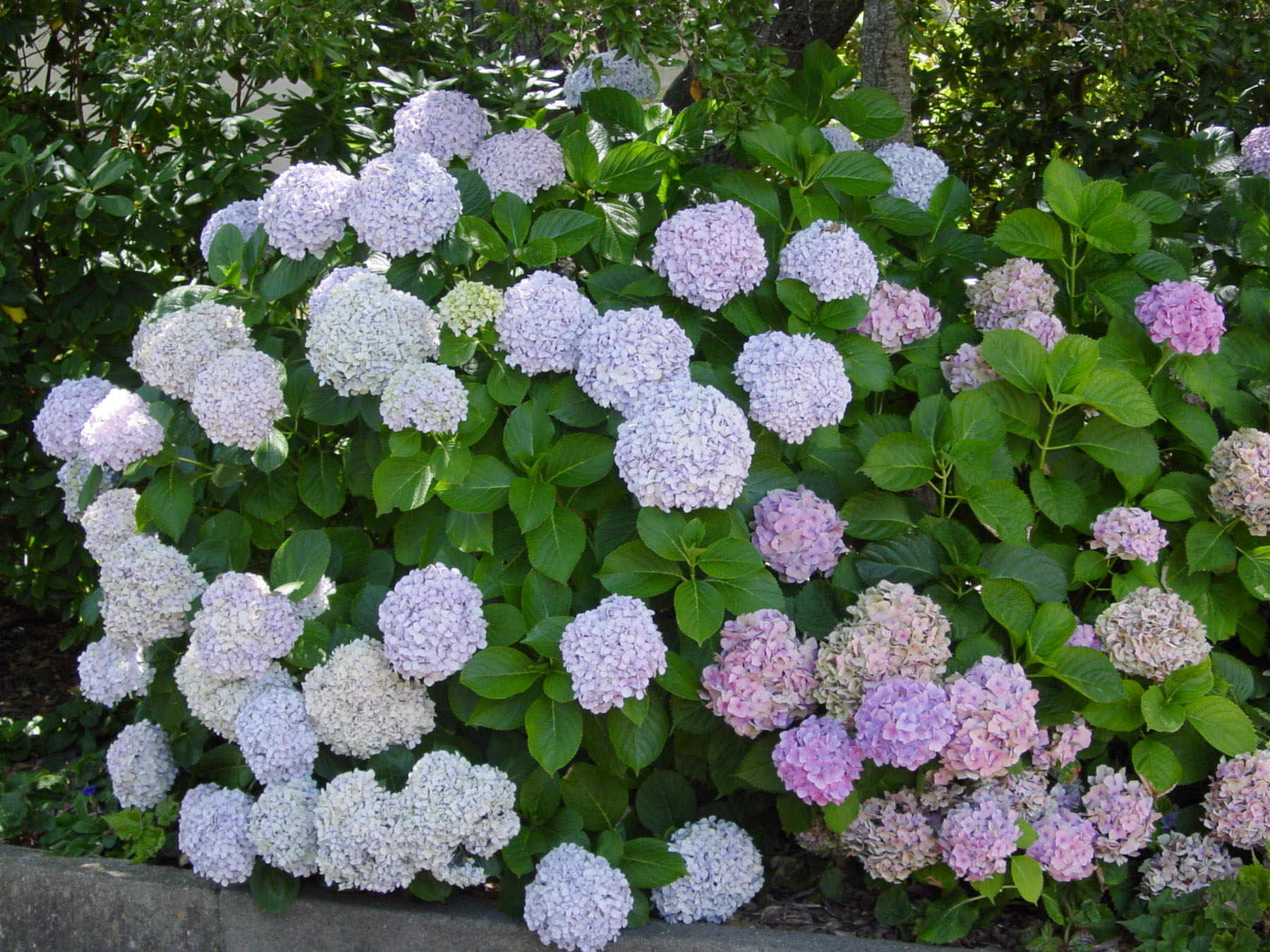
- Hydrangea paniculata (panicle hydrangea): This type of hydrangea is native to eastern Asia and grows to be 4-8 feet tall and wide. It has large, panicle-shaped flowers that bloom in late summer and early fall. The flowers can be white, pink, or purple.
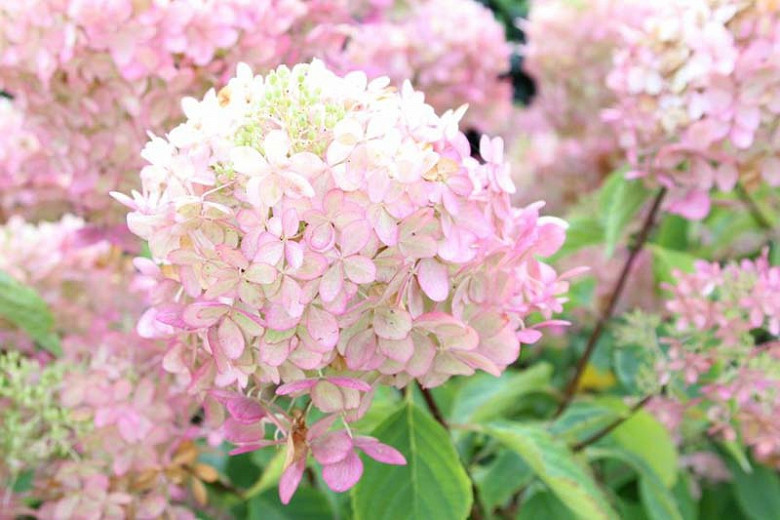
- Hydrangea quercifolia (oakleaf hydrangea): This type of hydrangea is native to eastern North America and grows to be 4-8 feet tall and wide. It has large, oak-shaped leaves and white or pink flowers that bloom in late summer and early fall.
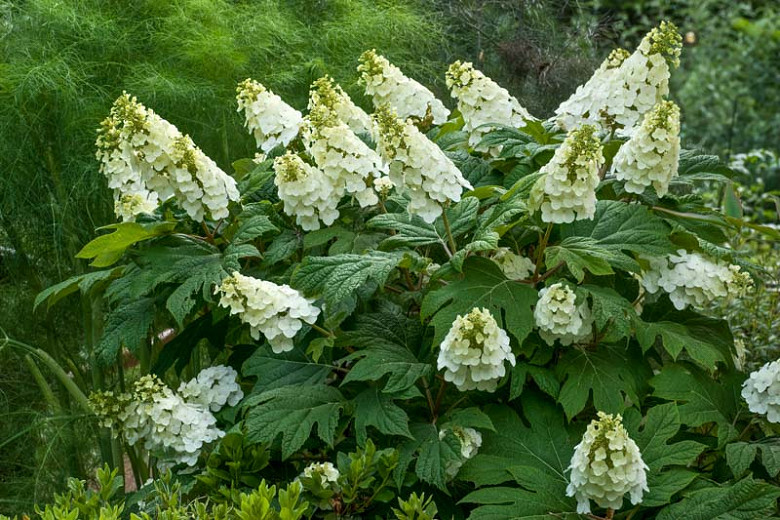
- Hydrangea serrata (sawtooth hydrangea): This type of hydrangea is native to Japan and Korea and grows to be 3-5 feet tall and wide. It has sawtooth-edged leaves and white or pink flowers that bloom in late summer and early fall.
Care and Maintenance of Small Hydrangeas
Small hydrangeas are relatively easy to care for and can thrive in a variety of conditions. However, there are a few things you can do to help ensure that your hydrangeas thrive:
- Plant your hydrangeas in full sun or partial shade.
- Water your hydrangeas regularly, especially during the first year after planting.
- Fertilize your hydrangeas with a balanced fertilizer in the spring.
- Prune your hydrangeas in the early spring, before new growth begins.
- Protect your hydrangeas from frost in the winter, if necessary.
With proper care, your small hydrangeas will bloom for many years to come.
Choosing the Right Small Hydrangea for Your Needs
When choosing a small hydrangea for your garden, there are a few factors you should consider:
- Size: How much space do you have? Some small hydrangeas are only 2-3 feet tall, while others can grow up to 6 feet tall.
- Sun exposure: How much sun does your garden get? Most small hydrangeas prefer full sun or partial shade.
- Color: What color hydrangeas do you like? There are small hydrangeas available in a variety of colors, including white, pink, blue, and purple.
- Hardiness zone: Where do you live? Make sure to choose a small hydrangea that is hardy in your climate zone.
Once you have considered these factors, you can start shopping for the perfect small hydrangea for your garden.
Conclusion
Small hydrangeas are a beautiful and versatile addition to any garden. With so many different varieties to choose from, you are sure to find the perfect one for your needs. With proper care, your small hydrangeas will bloom for many years to come.
If you're looking for a small hydrangea that will add beauty and charm to your garden, then you'll want to check out . This website has a wealth of information on small hydrangeas, including different varieties, planting and care tips, and stunning photos.
One of the things that makes small hydrangeas so appealing is their versatility. They can be grown in a variety of settings, from small patios to large gardens. They're also relatively easy to care for, making them a great choice for busy gardeners.
No matter what your gardening style or experience level, you're sure to find the perfect small hydrangea for your home at . So what are you waiting for? Visit the website today and start planning your beautiful new garden!
FAQ of small hydrangea
1. What are the different types of small hydrangeas?
There are many different types of small hydrangeas, each with its own unique characteristics. Some of the most popular types include:
- Dwarf bigleaf hydrangeas: These hydrangeas are typically 3-4 feet tall and have large, showy flowers. Some popular varieties include 'Paraplu', 'Cityline Rio', and 'Mini Penny'.
- Panicle hydrangeas: These hydrangeas are known for their upright, conical flower clusters. They typically grow 3-5 feet tall and come in a variety of colors, including white, pink, and blue. Some popular varieties include 'Little Lime', 'Limelight', and 'Quickfire'.
- Oakleaf hydrangeas: These hydrangeas have large, lobed leaves that resemble oak leaves. They typically grow 3-4 feet tall and have white or pink flowers. Some popular varieties include 'Pee Wee', 'Little Annabelle', and 'Incrediball'.
2. How much sun do small hydrangeas need?
Most small hydrangeas prefer partial to full sun. However, some varieties, such as 'Pee Wee' and 'Little Annabelle', can tolerate more shade. It is important to choose a variety that is suited to the amount of sunlight in your garden.
3. What type of soil do small hydrangeas need?
Small hydrangeas prefer well-drained, slightly acidic soil. If your soil is alkaline, you can add some peat moss or sulfur to acidify it. You should also avoid planting hydrangeas in areas with heavy clay soil, as this can lead to root rot.
4. How much water do small hydrangeas need?
Small hydrangeas need regular watering, especially during hot, dry weather. Water deeply once a week, or more often if the weather is very hot. Be sure to water the soil at the base of the plant, and avoid getting the leaves wet.
5. How can I fertilize my small hydrangeas?
Small hydrangeas should be fertilized in the spring and fall with a balanced fertilizer. A good option is a fertilizer that is specifically formulated for hydrangeas. You can also use a slow-release fertilizer, which will release nutrients into the soil over a period of time.
Image of small hydrangea
5 different images of "small hydrangea" from Pinterest:
Invincibelle Wee White® Smooth Hydrangea
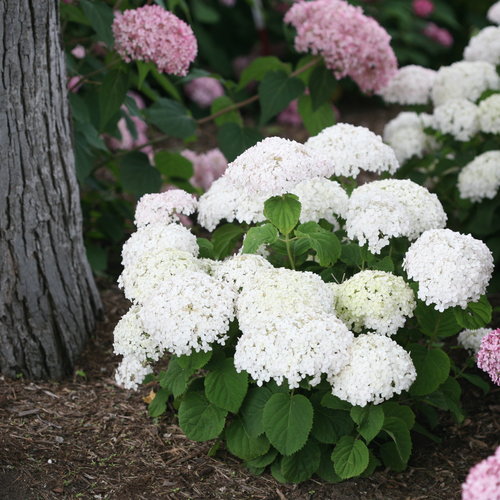 This is the smallest smooth hydrangea available, growing to be 1-2.5 feet tall and wide. It blooms in white flowers in the summer and fall.
This is the smallest smooth hydrangea available, growing to be 1-2.5 feet tall and wide. It blooms in white flowers in the summer and fall.Little Lime Hydrangea
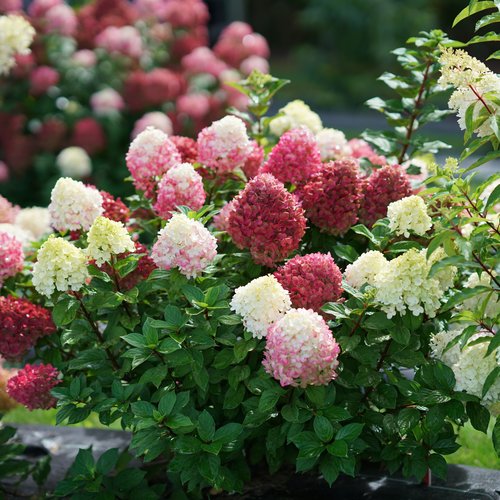 This hydrangea is known for its small, lime green flowers. It grows to be 2-3 feet tall and wide.
This hydrangea is known for its small, lime green flowers. It grows to be 2-3 feet tall and wide.Serrata Bluebird Hydrangea
 This hydrangea is a dwarf variety that grows to be 2-3 feet tall and wide. It blooms in blue flowers in the summer and fall.
This hydrangea is a dwarf variety that grows to be 2-3 feet tall and wide. It blooms in blue flowers in the summer and fall.Nikko Blue Hydrangea
 This hydrangea is a small, compact variety that grows to be 3-4 feet tall and wide. It blooms in blue flowers in the summer and fall.
This hydrangea is a small, compact variety that grows to be 3-4 feet tall and wide. It blooms in blue flowers in the summer and fall.Annabelle Hydrangea
 This hydrangea is known for its large, white flowers. It can grow to be 6-8 feet tall and wide, but there is a dwarf variety that grows to be only 2-3 feet tall and wide.
This hydrangea is known for its large, white flowers. It can grow to be 6-8 feet tall and wide, but there is a dwarf variety that grows to be only 2-3 feet tall and wide.

Post a Comment for "Small Hydrangeas: The Perfect Plants For Small Spaces"